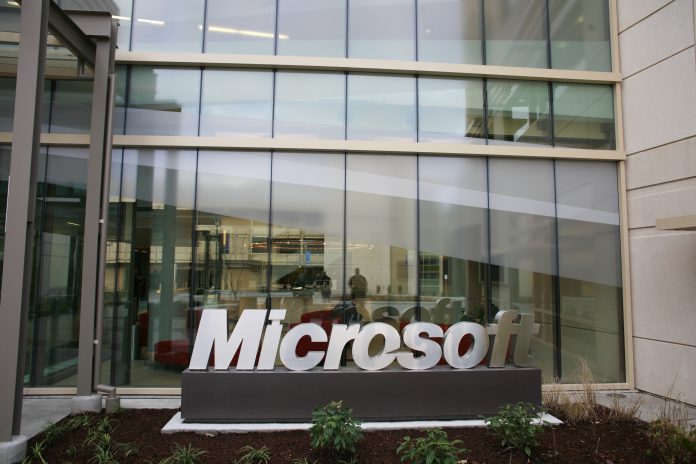In total, revenue was $24.7. billion non-GAAP ($23.3 GAAP), versus 22.6 (20.6) a year ago. Operating income for the quarter was 7 billion ($5.3 GAAP), while diluted earnings per share stands at 0.98, or 0.87 GAAP. “We delivered a strong finish to the year with 30% growth in commercial bookings this quarter,” said CFO Amy Hood. “We will continue to invest in key areas that drive future growth for Microsoft and our customers.”
Intelligent Cloud and Office
That growth is especially prominent in Microsoft Azure. Revenue in Intelligent Cloud is stated as $7.4 billion, an 11% rise, or 12% in constant currency. This was propelled by a growth in server products and cloud services revenue, which was up 15% (16% CC). Azure revenue alone was also up. by 97% (98% CC). The only disappointment was a decrease in Enterprise services revenue by 3% (1% CC). Microsoft attributes this to a decline in custom support agreements but notes that it’s offset most by a growth in Premier Support Services. Perhaps more of a surprise was the company’s boom in Office. Revenue in Productivity and business sat at $8.4 billion, a whopping 21% (23% CC) increase. This was boosted by a 43% (44% CC) in Office 365 commercial revenue. However, there was also a positive change for consumer Office products and cloud services. Revenue was up 13%, while the number of active subscribers now sits at 27 million. Of course, part of that business and productivity comes from LinkedIn, which contributed $1 billion to the total.
Gaming Growth and Surface Decline
Unfortunately, Personal Computing revenue declined by 2%, driven primarily by a fall in phone and Surface revenue. While Microsoft no longer reports exact figures on its phones, Neowin’s Andy Weir has done the math from existing figures.
— Andy Weir (@gcaweir) July 20, 2017 Phone revenue was around $3 million this quarter, versus $1.234 billion two years ago. That’s not a surprise considering Microsoft has sold off the Nokia brand and won’t create more, but it’s a contributing factor nonetheless. Likewise, the fall in Surface revenue isn’t a particular surprise. Though Microsoft did launch the Surface Laptop and Surface Pro, they didn’t launch until the middle of June. That’s not a lot of time for them to contribute to revenue, and a 2% decrease (1% CC) was the result. Still, these results were offset somewhat by a growth of 1% in Windows OEM revenue, as well as a 3% rise in gaming revenue. That marks the second quarter of gaming growth and a boost of active users to 53 million. The company has had another quarter with a positive showing. Stock has reflected that somewhat, with an initial rise of 4% after hours, before a decline, then an eventual gain of 1%. You can read the full report for yourself on the Microsoft site.




